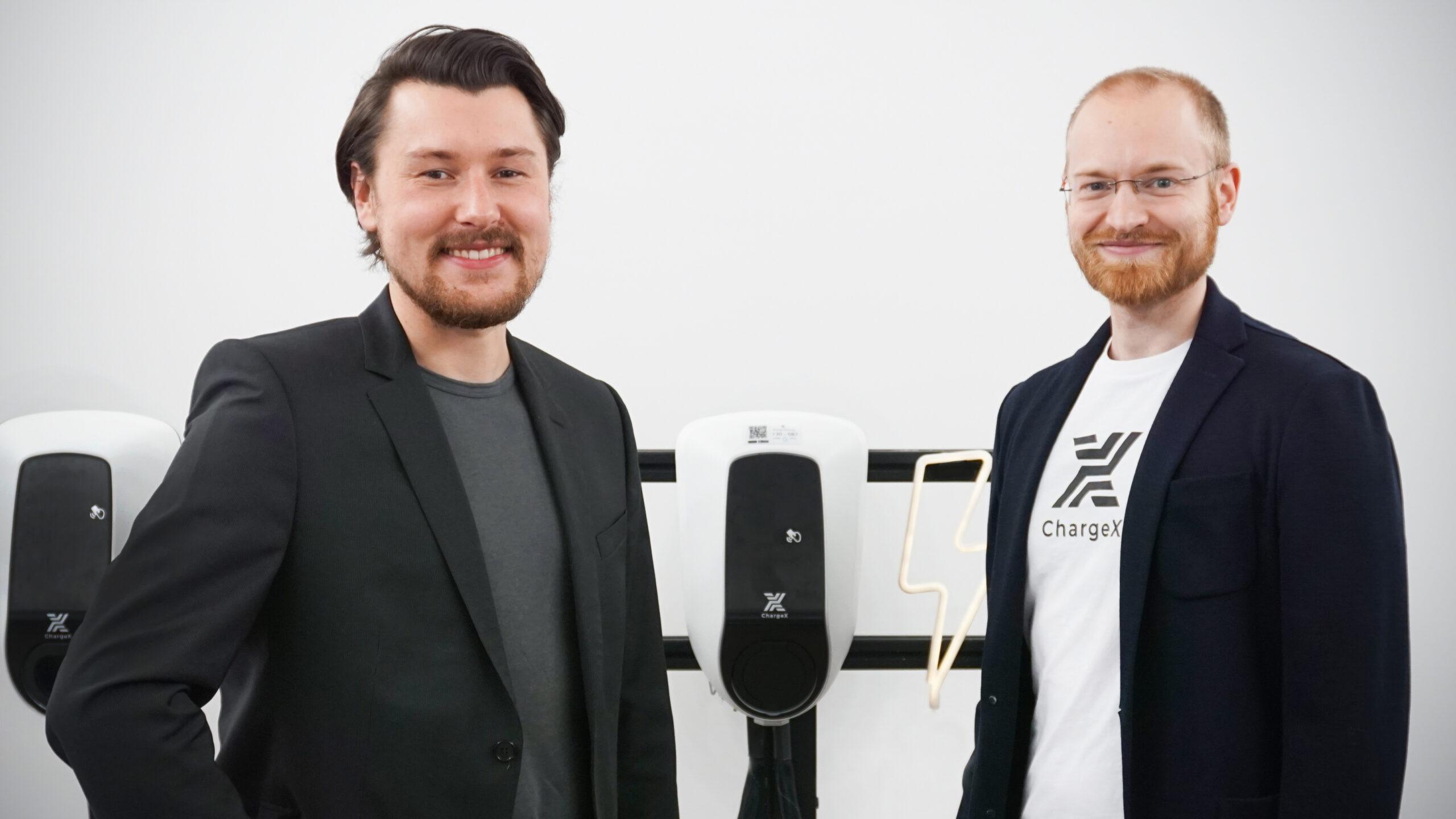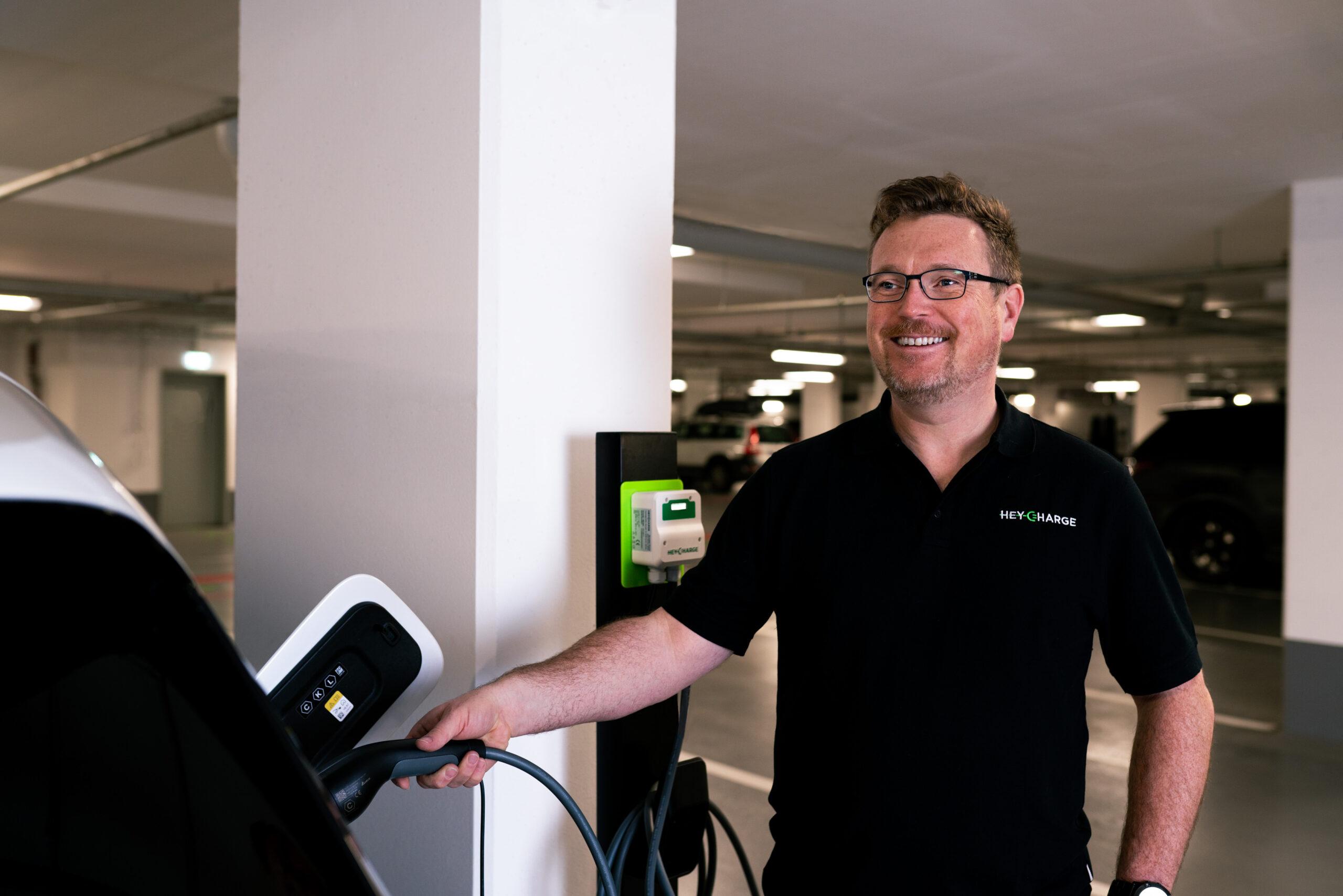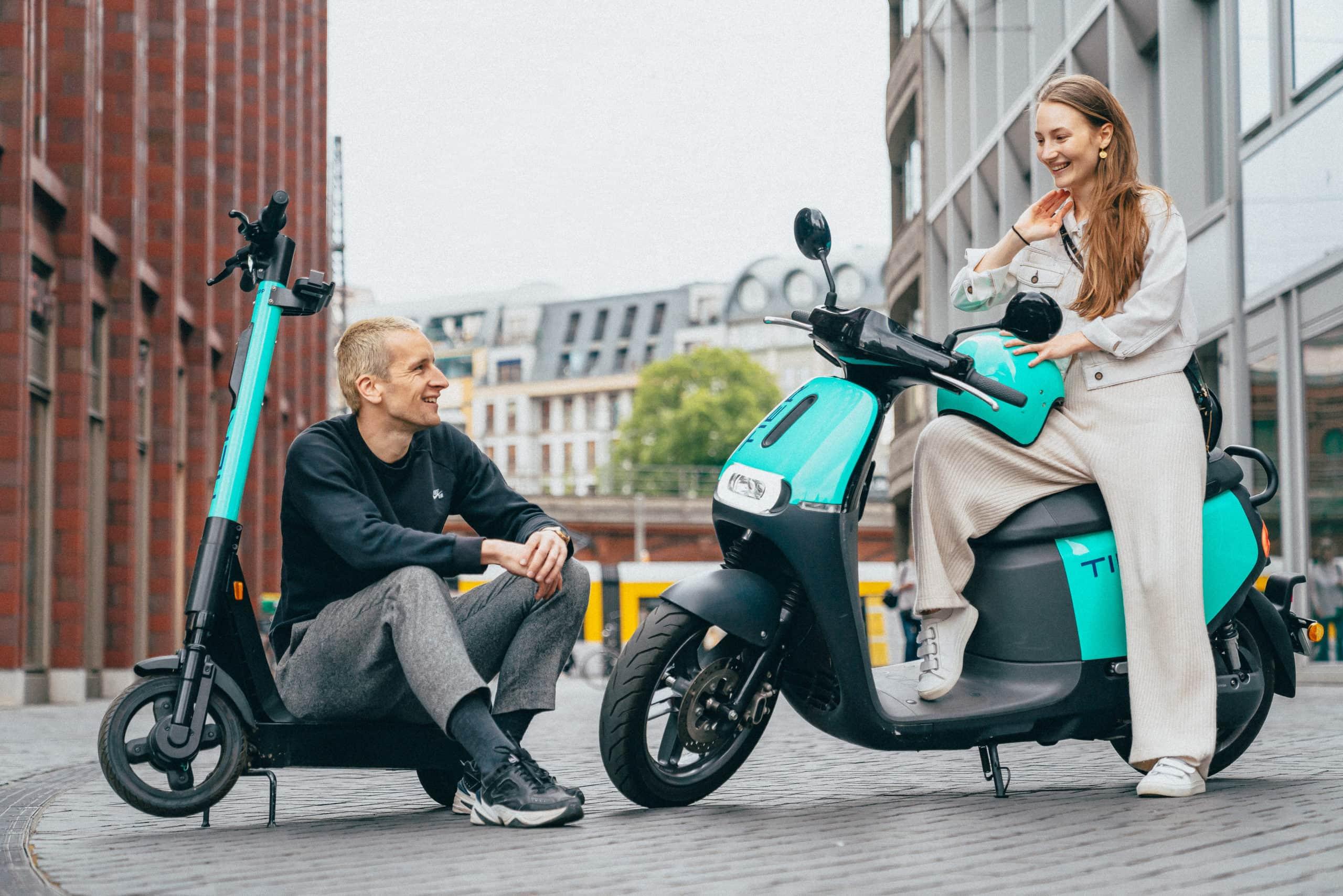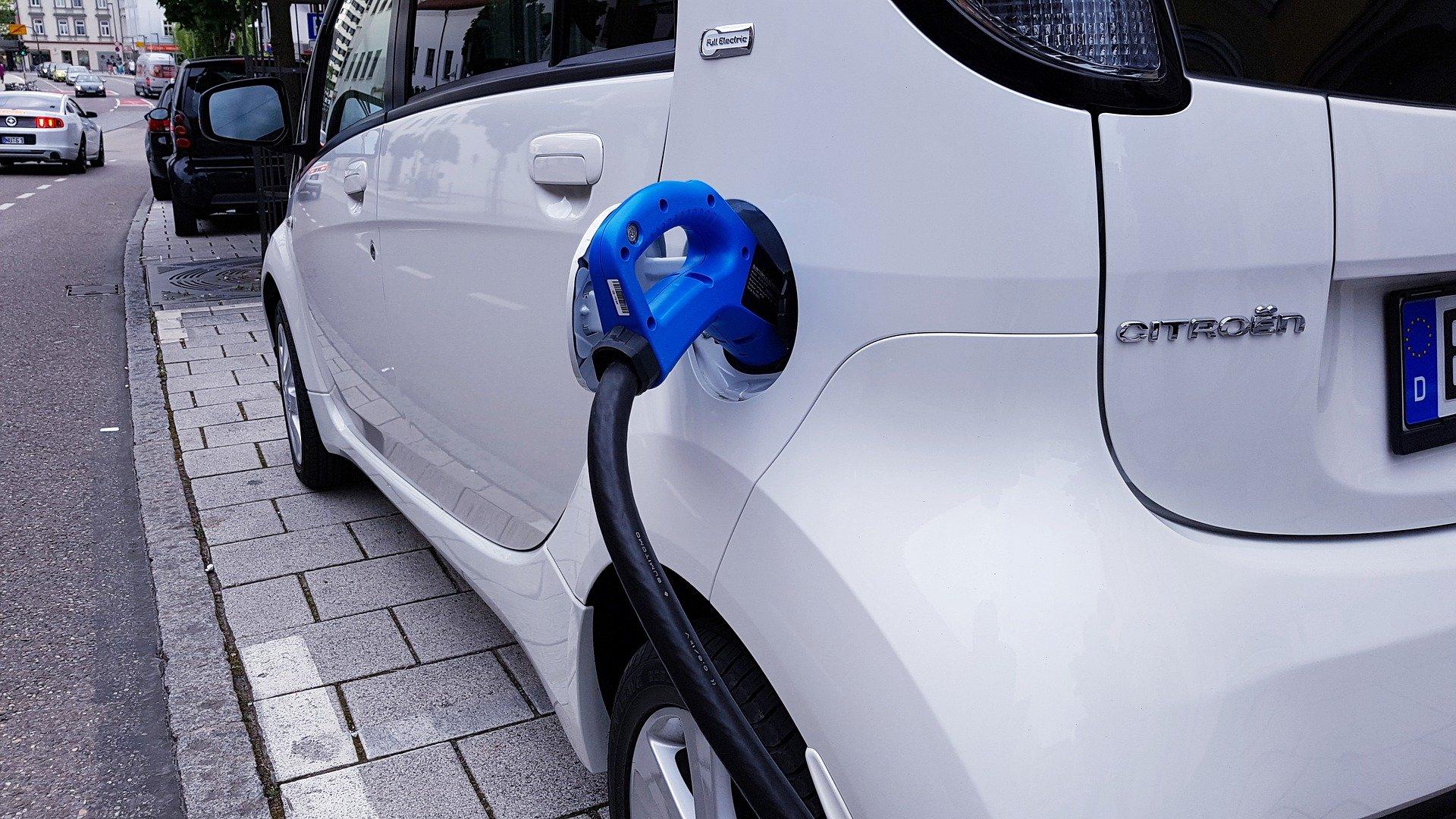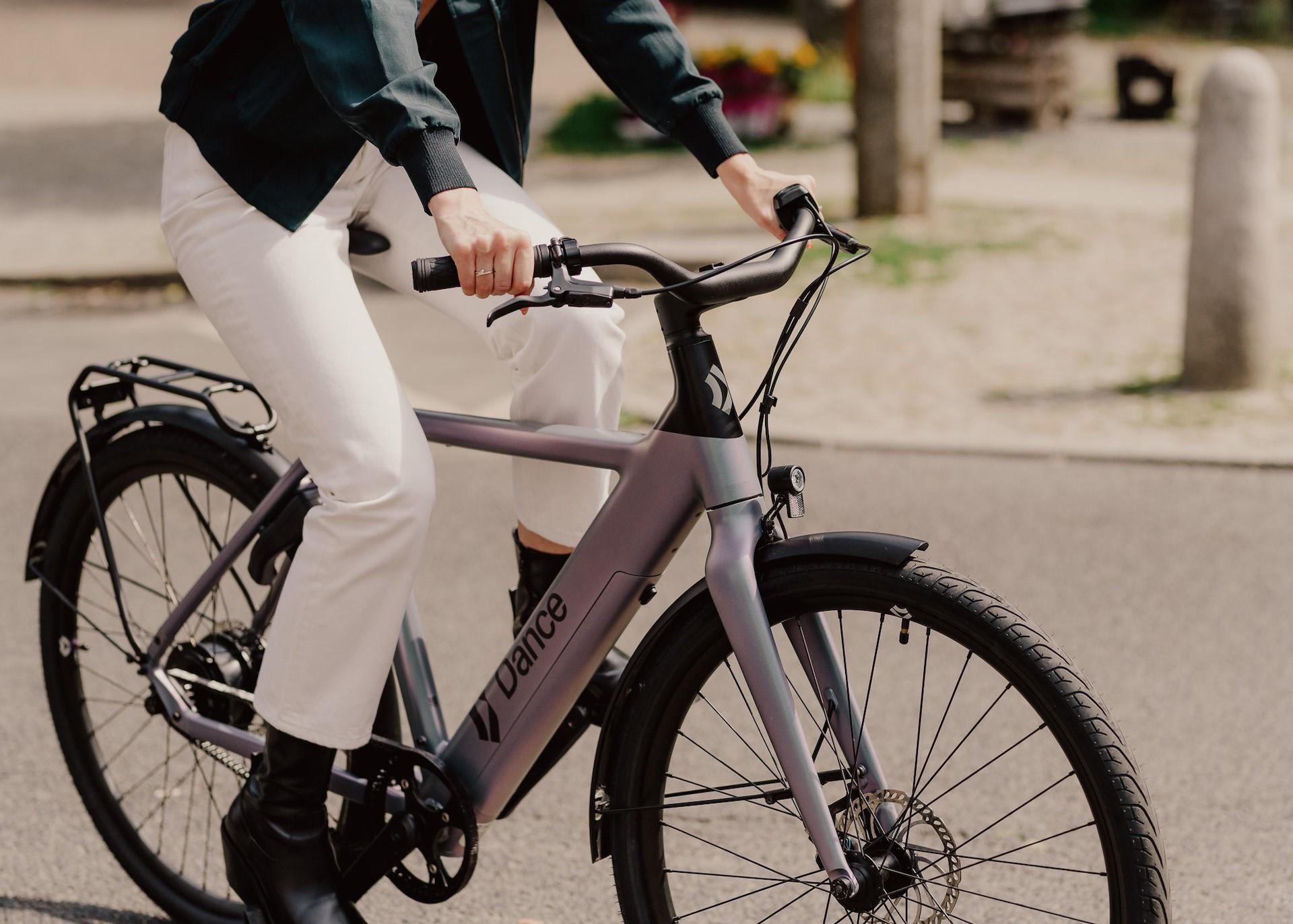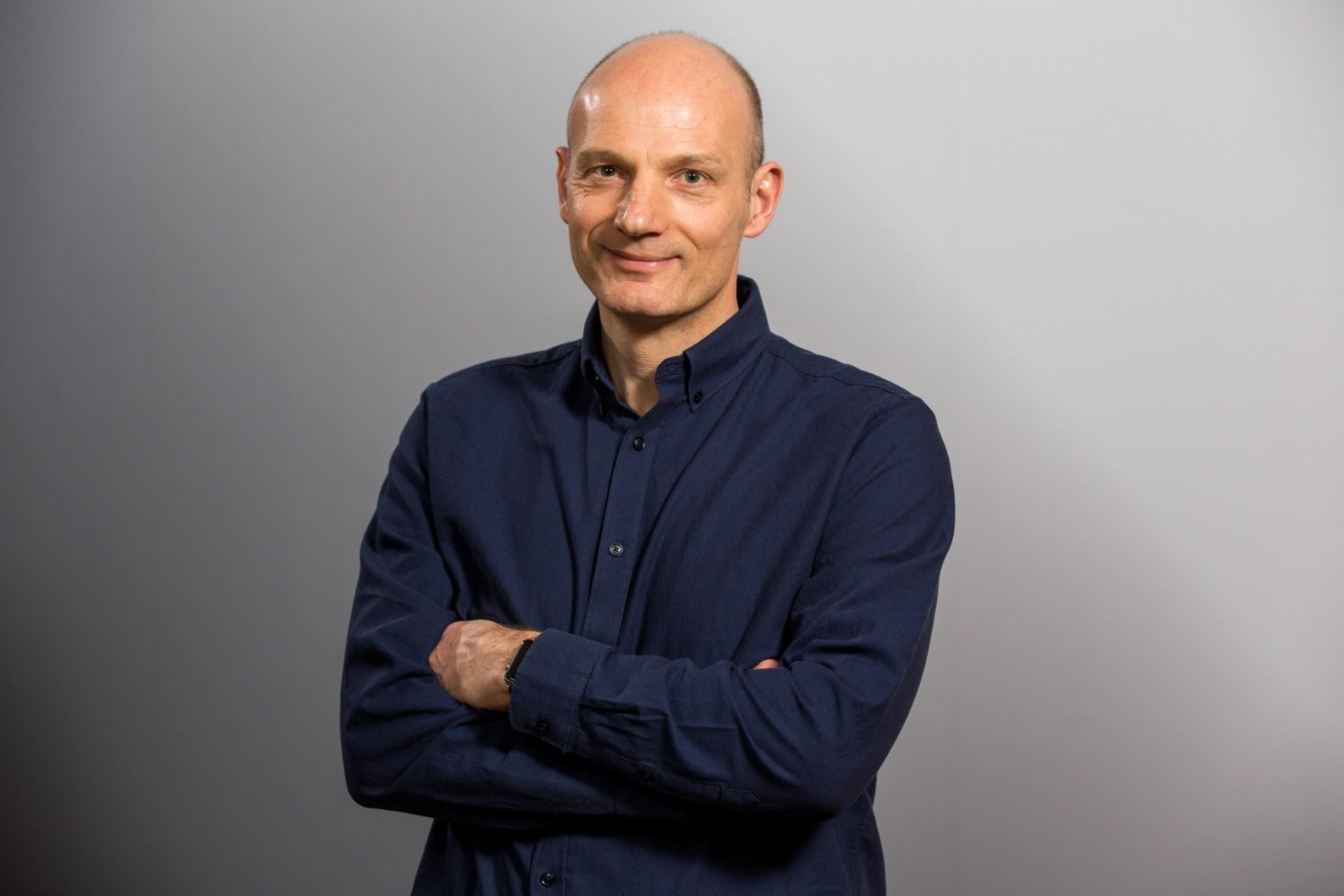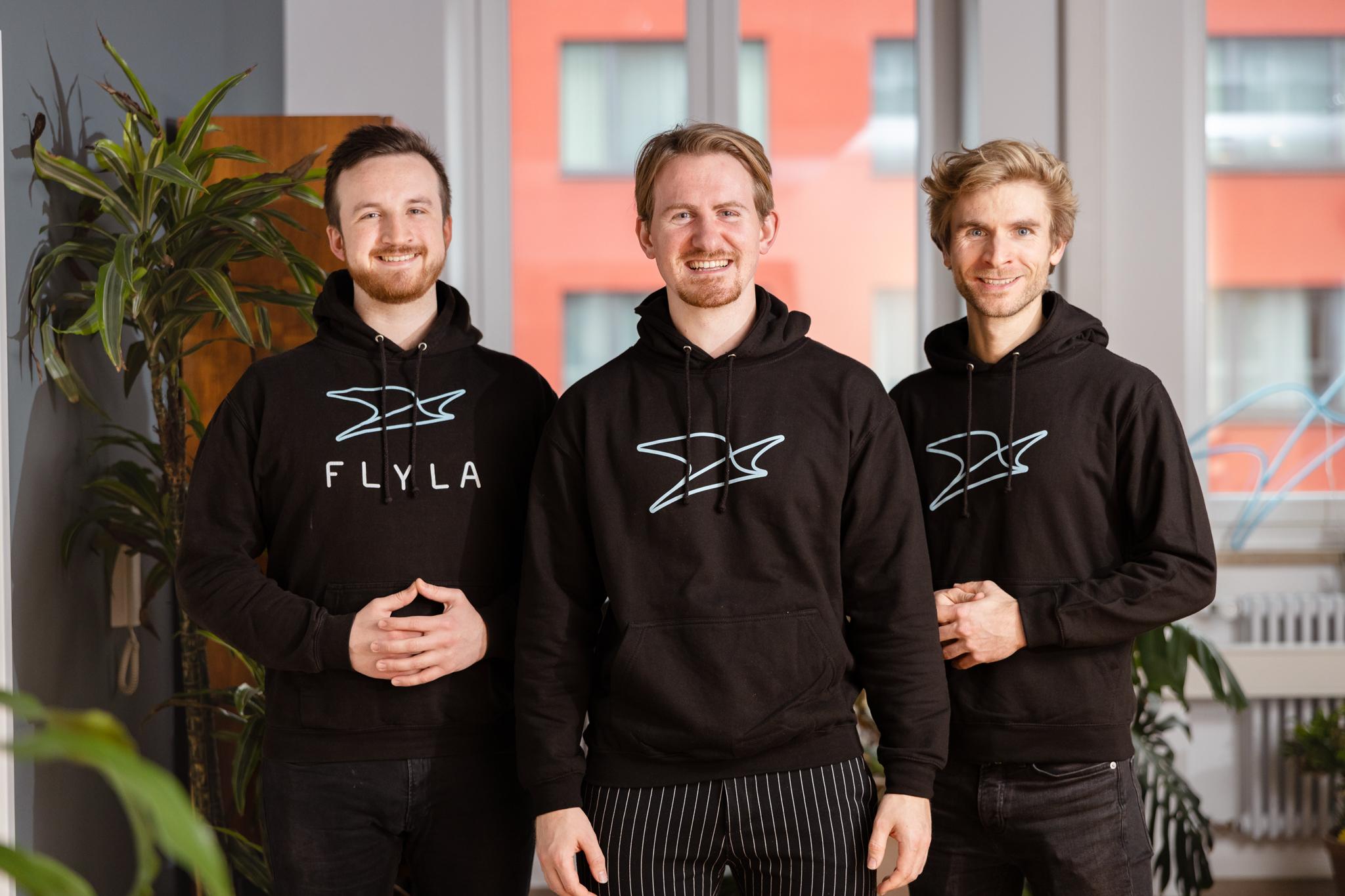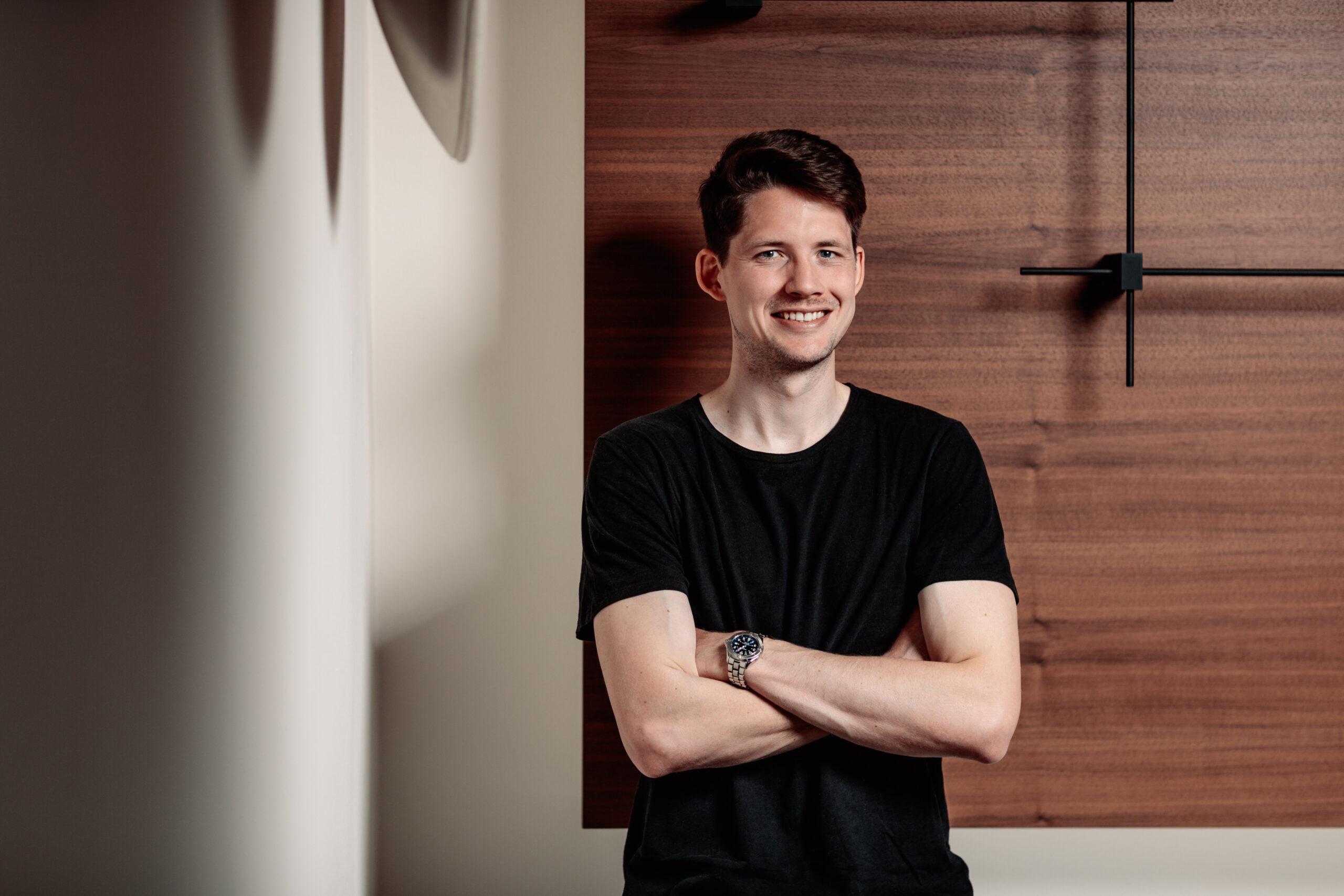"In the first year we are planning with 1000 hoppers"

Hopper Mobility wants to build a hybrid of e-bike and e-car. What will it look like? And who actually needs it? We asked co-founder Georg Schieren.
Given their geographical proximity, it is probably inevitable that the major Bavarian cities of Augsburg and Ingolstadt have a rivalry. They are only 60 kilometers apart. The conflict is played out on the soccer pitch (advantage Augsburg) or the ice hockey rink (advantage Ingolstadt), for example. In sporting terms, the whole thing is largely even. In terms of world culture, however, Ingolstadt in Upper Bavaria is usually ahead of its Swabian rivals. This is where Mary Shelley's literary classic Frankenstein is set, in which an ambitious scientist creates a new human being from parts of deceased people.
But now Augsburg may soon have its own Frankenstein. Thanks to the start-up Hopper Mobility. The company, which was only founded in 2019, is working on a hybrid of an e-car and an e-bike. The vehicle, dubbed "Hopper", is set to go into series production in just over a year. The company recently completed its pre-seed financing round. In this interview, co-founder Georg Schieren reveals how the idea came about and why his invention can help with the transport revolution in Germany's cities.
Mr. Schieren, the Hopper is supposed to be a cross between an e-bike and an e-car. Who needs something like this?
In our opinion, it can be useful for many people, especially in the city. With the Hopper, we want to combine the advantages of a car with those of a bicycle. In other words, a means of transportation that is comfortable, spacious and protected from the weather like a car - but also affordable, environmentally friendly and agile, like a bicycle. You don't need a driver's license for the Hopper, you can ride it on the bike path and you don't have to pay road tax.
Why is that?
The Hopper is a bicycle for regulatory purposes. To be considered a bicycle, a vehicle may be accelerated by an electric motor to a maximum of 25 kilometers per hour. In addition, only the self-generated power may be amplified.
So it's more of a bicycle than a car.
Yes and no. As far as the bodywork and design are concerned, we take our cue from the car. The Hopper offers weather protection, you can spontaneously take someone with you and stow your shopping well, but of course the Hopper is still a bicycle.
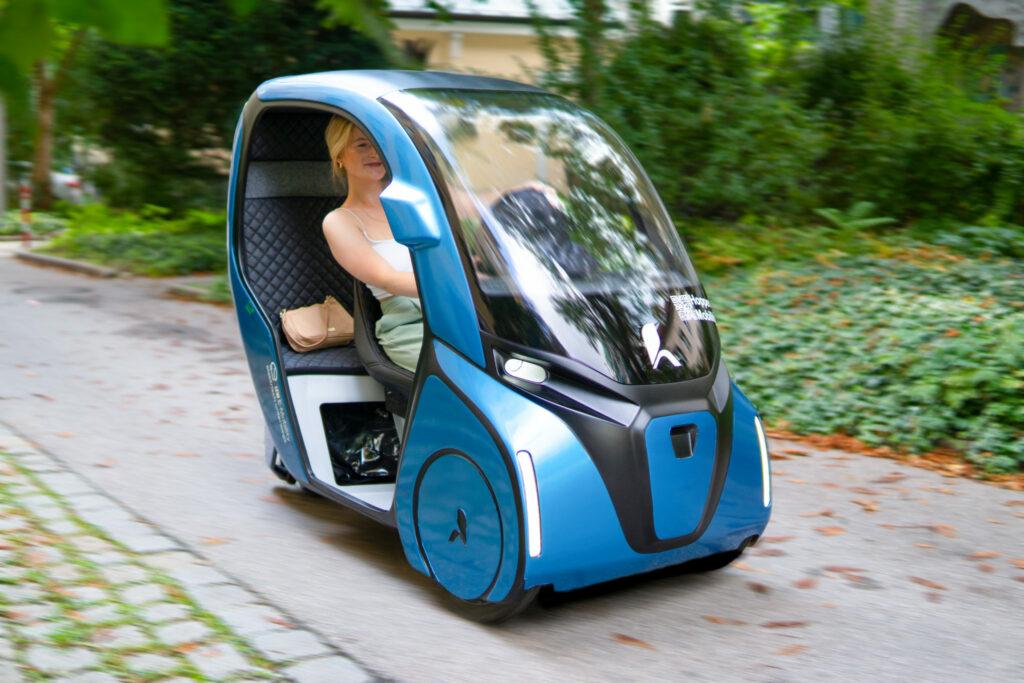
But isn't the Hopper far too heavy to be moved by muscle power?
The Hopper is indeed difficult to move without assistance. That's why the Hopper has a powerful electric motor and battery. It should weigh less than 100 kilograms in series production. The prototype is a little over that, but we're still adjusting that. In general, it must be possible to move it even with an empty battery in order to be considered a bicycle under traffic law.
When will the finished Hopper be available?
With our recently completed financing round, we are now building an optimized prototype. Although the current one is already on the road, it is primarily a design prototype and therefore not yet suitable for test rides by external parties. We are also testing various components from suppliers and looking at which ones we want to take into series production. In mid-2022, we will have completed the first near-series prototype, which we will then offer for test drives. Six months later, we want to start series production, for which we will then raise further capital.
Will you build the vehicle yourself or will this task be outsourced?
We are planning our own final production. The hopper should consist of as few parts as possible, under 200 components. This will increase its longevity and allow us to assemble it with just a few employees within a few hours. In the first year of series production, we plan to produce around 1000 hoppers.
How much will it cost in the end?
The price has not yet been finalized, but it will be around 7,500 euros.
Not so little. Who do you think is the target group?
We see the Hopper in the private sector as an additional means of transportation and as a replacement for a second car, as it is cheap, environmentally friendly and above all practical. In large cities in particular, it could perhaps even replace the first car. Take a look at how fast the market for cargo bikes is growing. We're in a similar segment there.
And in the commercial sector?
We are even working on the first pilot projects to use the Hopper. We are thinking about food delivery, but also about sharing vehicles for large real estate projects. In general, the Hopper is a good addition to the vehicle fleet.
Thank you very much for the interview.
Personal details: Georg Schieren is co-founder of Hopper Mobility. He is responsible for marketing, sales and IT at the Augsburg-based company. Previously, he worked as a freelance web and graphic designer, among other things. Schieren studied economics at the University of Innsbruck.

Newsletter
Startups, stories and stats from the German startup ecosystem straight to your inbox. Subscribe with 2 clicks. Noice.
LinkedIn ConnectFYI: English edition available
Hello my friend, have you been stranded on the German edition of Startbase? At least your browser tells us, that you do not speak German - so maybe you would like to switch to the English edition instead?
FYI: Deutsche Edition verfügbar
Hallo mein Freund, du befindest dich auf der Englischen Edition der Startbase und laut deinem Browser sprichst du eigentlich auch Deutsch. Magst du die Sprache wechseln?




